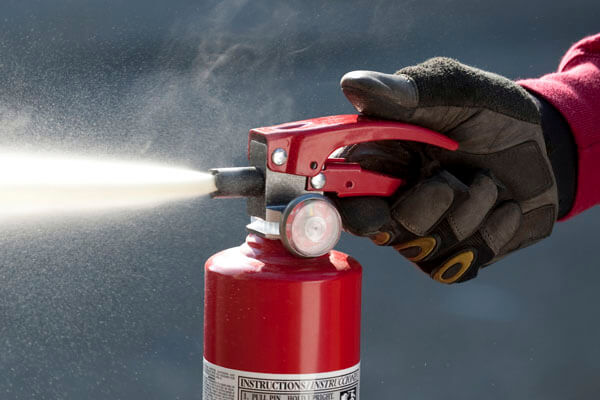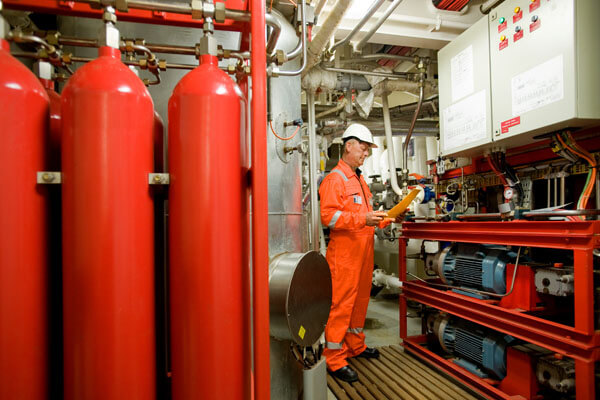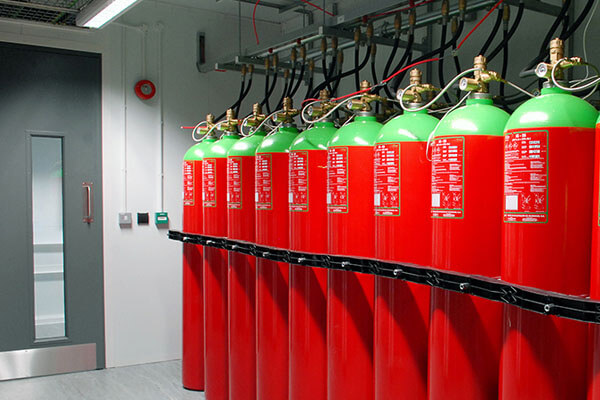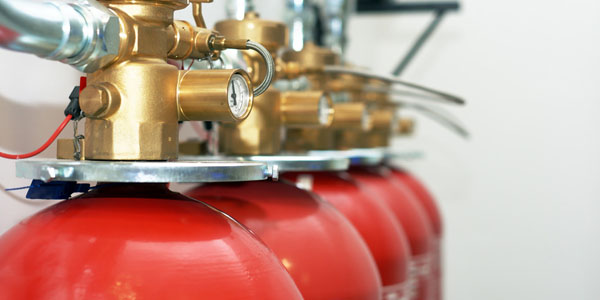INTRODUCTION:
In today’s world, where safety and protection are paramount, the need for reliable fire suppression systems cannot be overstated. Among the many options available, carbon dioxide (CO2) fire suppression systems have emerged as one of the most effective and widely used solutions. This article delves into the key aspects of CO2 fire suppression systems, highlighting their working principle, applications, benefits, and considerations.
Understanding CO2 Fire Suppression Systems:
Carbon dioxide (CO2) is a colorless, odorless, and non-conductive gas that is highly effective in suppressing fires. CO2 fire suppression systems work by discharging a controlled amount of carbon dioxide into an enclosed space, thereby rapidly reducing the oxygen concentration and suppressing the fire. The absence of oxygen in the vicinity of the fire prevents its further growth, effectively extinguishing it.
Applications of CO2 Fire Suppression Systems:
• Industrial Settings: CO2 fire suppression systems are commonly employed in various industrial applications, including power plants, manufacturing facilities, data centers, and warehouses. These systems are particularly suited for areas where water-based suppression systems may not be feasible due to the risk of electrical equipment damage or the presence of sensitive materials.
• Marine and Offshore Environments: CO2 systems find extensive use on ships, offshore platforms, and marine vessels where the suppression of fires in confined spaces is critical. Due to its non-corrosive nature, CO2 does not cause harm to delicate electronic equipment typically found in maritime settings.
• Museums and Archives: CO2 fire suppression systems are often deployed in cultural institutions to protect valuable artifacts, historical documents, and artworks. Since CO2 is a clean agent that leaves no residue, it minimizes the risk of damage to sensitive objects.
Benefits of CO2 Fire Suppression Systems:
1) Rapid Fire Suppression: CO2 systems offer quick response times, rapidly displacing oxygen and suppressing the fire within seconds. This swift action helps minimize fire damage and reduces downtime.
2) Effective for Difficult-to-Reach Areas: CO2 can penetrate into hard-to-reach spaces, such as cable trays, machinery enclosures, or equipment racks. This capability ensures that fires in concealed areas are adequately suppressed.
3) Non-Damaging to Sensitive Equipment: Unlike water-based suppression systems, CO2 does not cause water damage or leave residue on equipment, making it a preferred choice for safeguarding electronic and high-value assets.
Considerations for CO2 Fire Suppression Systems:
a) Occupant Safety: As CO2 displaces oxygen, it is crucial to ensure that the area is properly evacuated before the system activates. Human presence during discharge can lead to asphyxiation, highlighting the need for appropriate warning systems and evacuation protocols.
b) Ventilation and Sealing: CO2 fire suppression systems require adequate sealing of the protected area to ensure optimal gas retention. Additionally, post-discharge ventilation must be planned to restore oxygen levels safely.
c) Environmental Impact: While CO2 is a naturally occurring gas, its excessive release into the atmosphere can contribute to global warming. System design and maintenance should adhere to regulations to minimize environmental impact.
CONCLUSION:
CO2 fire suppression systems offer a reliable and efficient solution for protecting critical environments from fire-related risks. With their ability to rapidly suppress fires, accessibility to confined spaces, and minimal damage to sensitive equipment, CO2 systems have gained widespread acceptance across various industries. However, it is crucial to balance their benefits with occupant safety considerations and environmental responsibilities. As technology advances, ongoing research and development aim to enhance the effectiveness and eco-friendliness of CO2 fire suppression systems, ensuring the safety and protection of invaluable assets for years to come.
DO YOU HAVE ANY QUESTIONS ABOUT?
Don’t wait to contact us now by sending an email to info@bio-genesis.it! Our experts are at your complete disposal to guide you in choosing the most suitable product for your fire-fighting needs.





